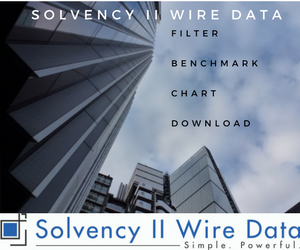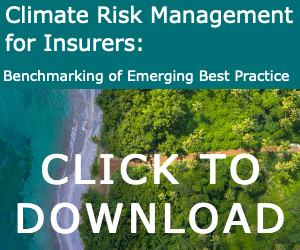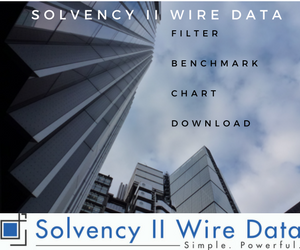Simˈpōzēəm
 Oliver Bäte, Chief Financial Officer, Allianz SE
The look-through requirements as set down by EIOPA in the Solvency II reporting and disclosure guidelines are not clear. There appear to be different interpretations on how to implement the guidelines which would lead to – at best – non-comparable results. In particular, the guidelines do not differentiate between consolidated investment funds which are under a company’s control and non-consolidated funds which are managed externally. Nor is there a distinction of unit-linked investment funds which are owned by policyholders. Our ongoing talks with the German insurance association and the German regulator BaFin confirm these concerns.
If our understanding is correct, look-through reporting for all investment funds would fall under the guidance for the asset template D4. The insurer would have to report the “main underlying asset categories” of an investment fund, whilst it is not defined what these are: bonds, equities and real estate? Or is a further break down necessary in accordance with the Complementary Identification Code (CIC), i.e. government bonds, corporate bonds, equity, investment funds, structured notes, collateralised securities etc? Furthermore, there is an issue of whether unit-linked funds should be excluded from look-through reporting in D4. That would make sense, even though there is no explicit reference to this.
In addition to the nature of the assets, we are also unsure about “timing”. Do we have to publish look-through reporting as of the day the fund has been issued (i.e. prospectus information), or the current asset categories and their fair value amounts as of each quarterly closing date?
Whilst these questions have clear ramifications for our ability to report properly, in what follows, we would like to describe the Allianz perspective on look-through reporting for consolidated, non-consolidated and for unit-linked funds.
Oliver Bäte, Chief Financial Officer, Allianz SE
The look-through requirements as set down by EIOPA in the Solvency II reporting and disclosure guidelines are not clear. There appear to be different interpretations on how to implement the guidelines which would lead to – at best – non-comparable results. In particular, the guidelines do not differentiate between consolidated investment funds which are under a company’s control and non-consolidated funds which are managed externally. Nor is there a distinction of unit-linked investment funds which are owned by policyholders. Our ongoing talks with the German insurance association and the German regulator BaFin confirm these concerns.
If our understanding is correct, look-through reporting for all investment funds would fall under the guidance for the asset template D4. The insurer would have to report the “main underlying asset categories” of an investment fund, whilst it is not defined what these are: bonds, equities and real estate? Or is a further break down necessary in accordance with the Complementary Identification Code (CIC), i.e. government bonds, corporate bonds, equity, investment funds, structured notes, collateralised securities etc? Furthermore, there is an issue of whether unit-linked funds should be excluded from look-through reporting in D4. That would make sense, even though there is no explicit reference to this.
In addition to the nature of the assets, we are also unsure about “timing”. Do we have to publish look-through reporting as of the day the fund has been issued (i.e. prospectus information), or the current asset categories and their fair value amounts as of each quarterly closing date?
Whilst these questions have clear ramifications for our ability to report properly, in what follows, we would like to describe the Allianz perspective on look-through reporting for consolidated, non-consolidated and for unit-linked funds.




